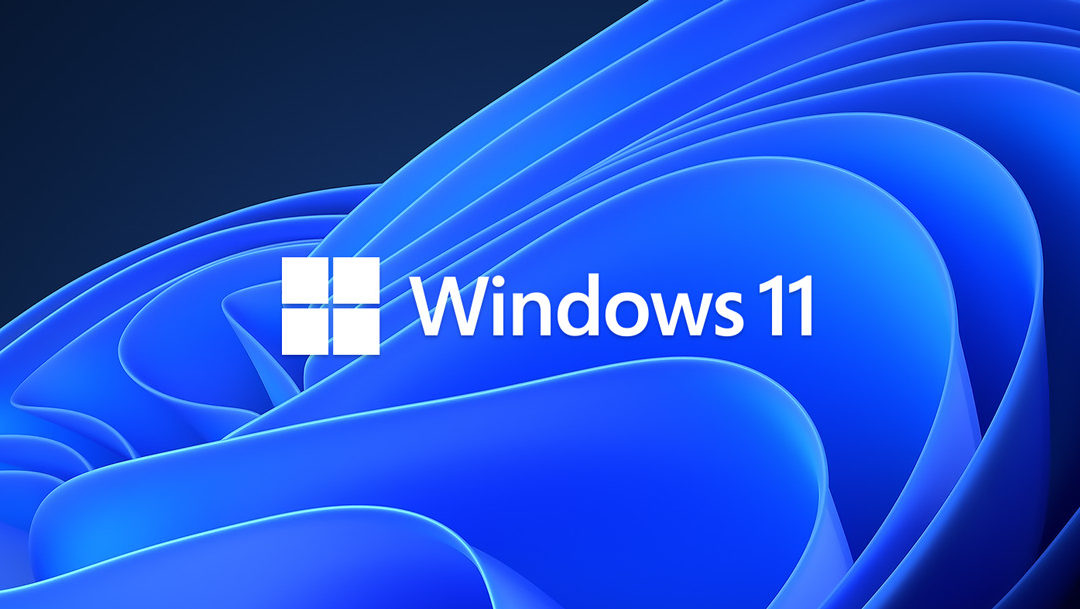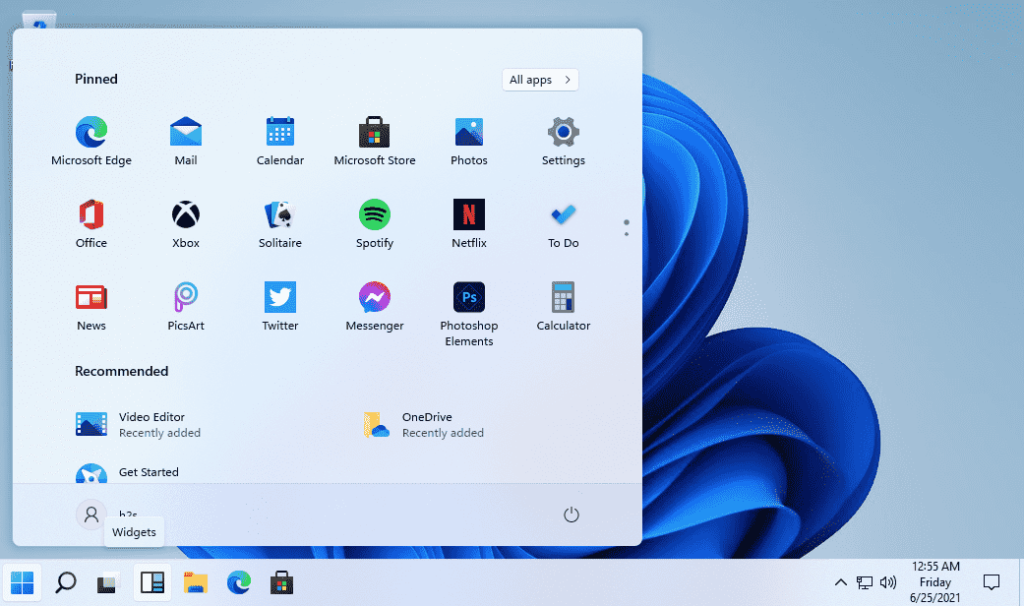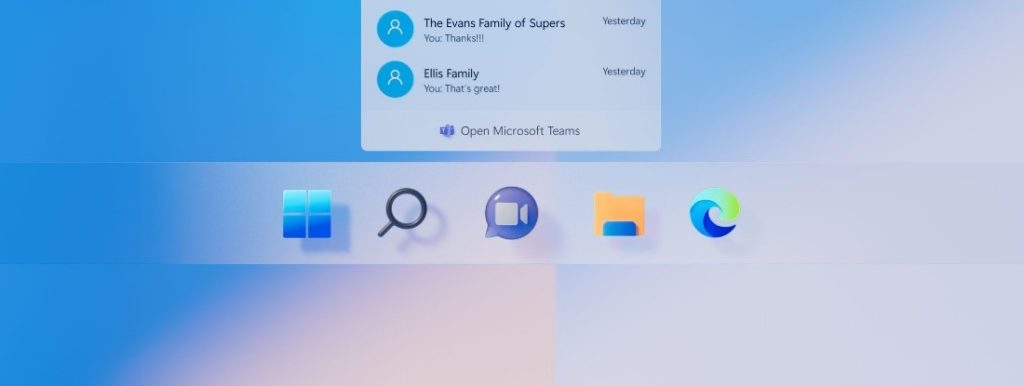
Microsoft Windows 11 Review
In July 2015 Microsoft released what was dubbed “the last version of Windows”. This marked the end of decades of heavy-duty OS updates in favor of a more incremental approach. Seven years later, Microsoft releases Windows 11, the successor to Windows 10, on October 25, 2021. Built on the same core architecture as Windows 10, but with a ton of enhanced features.
Here’s everything you need to know about Windows 11 to date.
What’s New?
There’s more to Windows 11 than just a new collection of wallpaper. There are the usual changes:
- new colors and icons
- significantly updated Start menu and taskbar
- completely redesigned Settings app
- widgets pane that delivers news and reminders in bitesize chunks
- significantly improved snapping of windows into position
Thankfully, there are many other improvements and tweaks that make upgrading to the latest OS worthwhile. Let’s look at some standout features.
- Bar to Dock
Similarly, to Mac OS and many Linux desktop environments, Windows 11’s taskbar can be turned into a dock. Windows 11’s icons can be centered, which is helpful when using it with a touch-enabled device. Traditional taskbar users will still be able to align the Start button and app icons to the left.

- Microsoft Teams
In Windows 11, a single click on the taskbar can connect you to friends or contacts via text, voice, or video chat.
This is thanks to Microsoft Teams, which Microsoft positioned as the primary tool for communicating with family, friends, and colleagues in Windows 11. Many users will find that having a built-in videoconferencing solution in the OS is an excellent addition.



- Easily Accessible Snap Layouts and Groups
The Windows operating system already had the capability of snapping windows to the sides or corners of the screen. The feature is now accessible via a newly added quick menu when hovering over the maximize button in Windows 11.



What to look out for
Despite some of the new features of Windows 11, there have been a lot of bugs and concerns from the public. Not everything is rosy. The changes and tweaks in Windows 11 are likely to dissuade many users from upgrading from Windows 10 to 11 right away.
Here’s what you need to be on the lookout for.
- GPU (Graphics Processing Unit) Capability
Even if you have a GPU that can speed up your brand-new desktop, the rest of your PC might not be able to handle it.
To enjoy a great PC experience, you also need great hardware. Because Windows 11 is a brand new, modern OS, it also requires relatively new and modern PCs.
If your PC’s CPU is older than Intel’s 7th generation Core or AMD’s Zen 2, you will not be able to upgrade to Windows 11.
- The Taskbar
When it comes to the taskbar a lot of functionality is missing, especially when it comes to customizing and positioning. Drag and drop to the taskbar are gone; the taskbar can no longer be positioned to the top or sides, and the quick access menu only appears when you right-click the Windows button.



- User Adaptability
Microsoft promised Windows 11 would resolve some of the limitations of Windows 10, however, some users may have trouble adapting to the new features. The removal of Skype, Cortana, and Paint 3D from Windows 11 may increase its disadvantages.
Nevertheless, it might be more accurate to use “was” since these applications aren’t built into the operating system anymore. However, you will be able to download, install, and use it as a separate app.
Change can be scary, and the release of Windows 11 has not been as smooth as Microsoft would have liked, but there are a lot of cool new features to look forward to.
With Windows 11, businesses will have plenty to look forward to, from features that support new ways of working to enhancements that help keep employees secure. In the post-pandemic landscape, Windows 11 provides value to a wide range of remote workers.
However, companies and organizations across the globe will need to carefully evaluate whether these advantages are worth the inevitable inconveniences that early adopters will experience.

